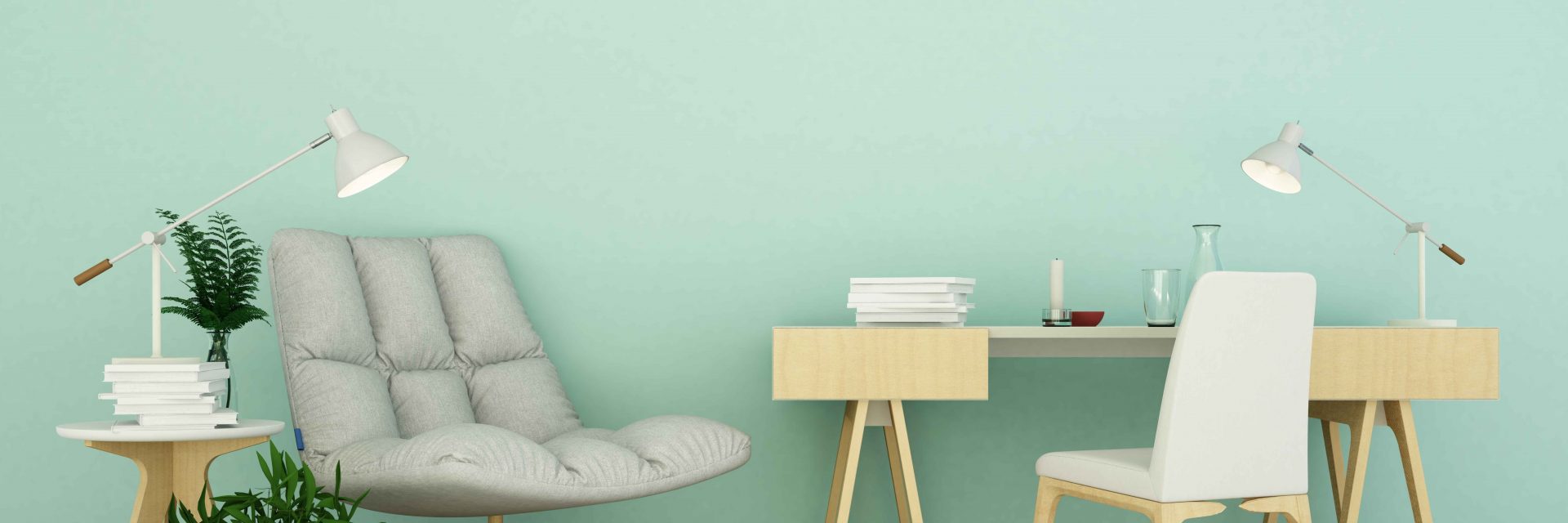Figure Out Just How Seasonal Factors Influence Commercial Outside Paint Success And Uncover The Very Best Times To Make Sure Long Lasting Outcomes For Your Task
Figure Out Just How Seasonal Factors Influence Commercial Outside Paint Success And Uncover The Very Best Times To Make Sure Long Lasting Outcomes For Your Task
Blog Article
Post Author-Fox Chaney
When you're planning a business outside painting job, seasonal aspects can make or break your outcomes. You'll want to think about exactly how temperature and humidity influence paint application and drying times. Choosing the appropriate period can guarantee your paint sticks correctly and lasts much longer. However which periods are absolutely the best for this kind of work? Let's check out the key elements that can impact your task's success.
The Effect of Temperature Level on Paint Application
When you're intending a business external painting task, the temperature level can dramatically affect just how well the paint adheres and dries.
Ideally, you want to repaint when temperatures vary in between 50 ° F and 85 ° F. If it's also chilly, the paint might not cure properly, leading to concerns like peeling or fracturing.
On the flip side, if it's too warm, the paint can dry out as well swiftly, avoiding proper adhesion and leading to an uneven coating.
You must also think about the time of day; morning or late afternoon uses cooler temperature levels, which can be more desirable.
Constantly inspect the manufacturer's recommendations for the certain paint you're using, as they frequently supply support on the suitable temperature level range for optimal results.
Moisture and Its Result on Drying Times
Temperature level isn't the only ecological factor that influences your industrial external painting job; humidity plays a substantial duty also. High moisture degrees can decrease drying out times considerably, impacting the total high quality of your paint work.
When the air is saturated with moisture, the paint takes longer to treat, which can result in concerns like poor adhesion and a greater threat of mold development. If you're painting on a specifically damp day, be prepared for prolonged delay times in between layers.
It's crucial to keep an eye on regional weather conditions and plan appropriately. Ideally, go for https://smalljobpaintersnearme66654.theideasblog.com/35554140/makeovers-that-inspire-from-elite-paint-organizations in between 40% and 70% for ideal drying.
Maintaining these factors in mind guarantees your project stays on track and supplies a long-term coating.
Best Seasons for Commercial Exterior Painting Projects
What's the best time of year for your business external paint projects?
Spring and early loss are generally your best choices. Throughout these periods, temperatures are moderate, and humidity levels are usually lower, producing suitable problems for paint application and drying.
Stay https://archerpboyi.losblogos.com/34127922/the-important-overview-to-collaborating-with-painting-professionals of summertime's intense heat, which can trigger paint to dry also promptly, leading to inadequate adhesion and finish. Likewise, winter's cool temperatures can prevent proper drying and treating, risking the longevity of your paint job.
Go for days with temperatures in between 50 ° F and 85 ° F for optimum outcomes. Keep in mind to inspect the local weather report for rain, as damp problems can ruin your task.
Planning around mouse click the up coming document guarantees your paint job runs efficiently and lasts much longer.
Conclusion
In conclusion, planning your industrial outside painting projects around seasonal considerations can make a substantial difference in the result. By organizing job throughout the optimal temperature levels and moisture degrees, you'll ensure better attachment and drying times. Keep in mind to watch on neighborhood weather report and choose the correct time of year-- spring and very early autumn are your best bets. Taking these actions will help you accomplish a resilient and specialist coating that lasts.
